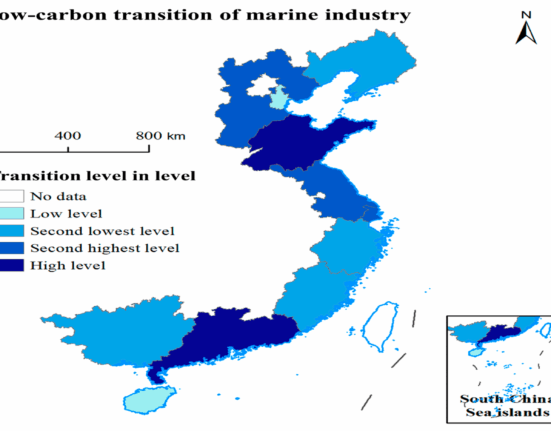Forests are not just clusters of trees; they are intricate ecosystems that support a myriad of life forms. Imagine the vast Amazon rainforest, often referred to as the “lungs of the Earth,
” essential for maintaining the delicate balance of our planet’s climate. Now, picture this lush green expanse transforming into a dry savannah due to the looming threat of global warming overshooting 1.5 degrees Celsius.
A recent study published in Nature Climate Change paints a grim picture – even a temporary breach of the 1.5C threshold could spell disaster for the Amazon and Siberian forests. The research delves into what happens when we exceed this critical limit set by the Paris Agreement and explores scenarios where warming surpasses 1.5C before being brought back down through large-scale carbon dioxide removal efforts.
One striking finding from this study is that about 37% of simulations indicate some level of forest “
dieback
” if global warming exceeds 1.5C by 2100, with this risk escalating to 55% by 2300 in certain scenarios. As one author aptly puts it, overshooting this temperature target leaves our forest ecosystems “
exposed to more risk than [they] need to be.” This serves as a stark reminder that we cannot afford to be complacent in our fight against climate change.
### Understanding Climate Sensitivity and Tipping Points
Climate sensitivity, which measures how much Earth’s temperature increases in response to rising atmospheric CO2 levels, plays a crucial role in determining the fate of our forests. The study highlights how exceeding the 1.5C threshold can push various Earth systems past critical tipping points, leading to irreversible changes.
By exploring different mitigation pathways outlined by the Intergovernmental Panel on Climate Change (IPCC), researchers assess three key scenarios – renewables, negative emissions, and gradual strengthening – each offering unique insights into how we can curb global warming while safeguarding our precious forests.
Experts stress that these models aren’t just numbers on a screen; they represent potential futures where unchecked climate change could have devastating consequences for our natural world.
### Impacts on Forest Health
To gauge the health of these vital ecosystems under varying climate scenarios, researchers use sophisticated modelling techniques that simulate forest growth metrics like net primary productivity and forest cover changes over time.
Rising CO2 levels might initially spur increased forest productivity through enhanced growth rates but adverse impacts such as heat stress and altered rainfall patterns can offset these gains, potentially leading to widespread tree mortality.
The study underscores how overshooting the 1.5C mark could significantly reduce net primary productivity in both Amazonian and Siberian forests by 2100 compared to non-overshoot scenarios – painting a bleak future for these biodiverse regions if urgent action isn’t taken.
### Identifying High-Risk Zones
By analyzing hundreds of simulations based on future climate conditions, researchers identify specific temperature and rainfall thresholds that could trigger massive tree die-offs in high-risk climatic zones within the Amazon basin by both 2100 and 2300.
Most alarming is the revelation that hot, dry conditions pose substantial risks for forest dieback in these regions under different emissions pathways explored in the study. These findings underscore how vulnerable our forests are to even slight deviations from safe temperature limits set forth in international agreements like the Paris Accord.
### Expert Insights and Future Perspectives
Experts warn that uncertainties loom large over such studies due to factors like varying climate sensitivities and model limitations that may not capture all potential impacts accurately. While negative emissions technologies offer hope in mitigating some damage caused by overshooting temperature targets, their scalability remains uncertain.
Looking ahead, there is an urgent need for more comprehensive field data collection alongside advanced modeling techniques to better understand how forests will respond under different emission scenarios realistically.
Ultimately studies like this serve as valuable inputs for policymakers gearing up for crucial climate talks where decisions made today will shape tomorrow’s world – one where thriving forests stand as testaments to our collective resolve or reminders of missed opportunities.









Leave feedback about this